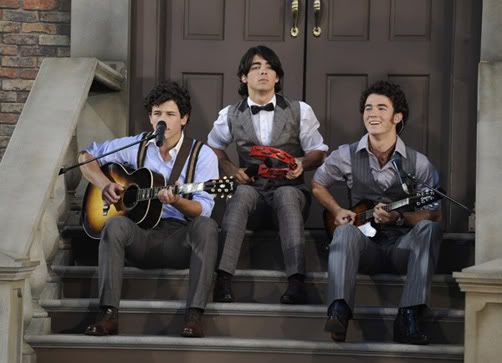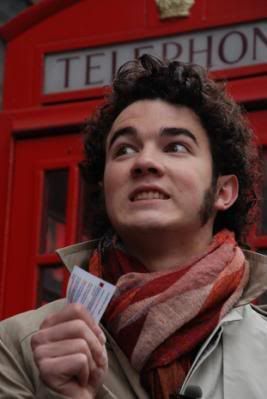3 GOVERNMENT BRANCHES
The Executive Branch of the Government has the President, Vice President, and all the cabinet members. The President is allowed to pass or veto a bill that the legislature sends him. The 22nd Amendment to the Constitution states that no person shall be elected to the office of the President more than twice.
Richard (Dick) B. Cheney is our Vice President of the United States.The Vice President duties: The Constitution only states that the Vice President should be prepared to take over the Presidency (if something happened to the President) and act as the President of the Senate.
There are 435 Representatives and 100 Senators all together there are 535 members of Congress. The Legislative branch, writes laws on a bill. So they can be sent to the senator then to the Representatives and finally to the President. Who can veto or sign it.
The process of creating a law starts with an idea. Ideas can come from different sources, a senator, a representative or any citizen of the United States. The process can be very complex and take a great deal of time.
The Judiciary explains and applies the laws. This branch does this by hearing and evenually making decisions on various legal cases. The Judicial Branch is in charge of the court system. There are three different kinds of courts found in the federal court system. The lowest level is the district courts. The 2nd level is the court of appeals. The top level is the Supreme Court.
Subscribe to:
Post Comments (Atom)






































































































































































No comments:
Post a Comment